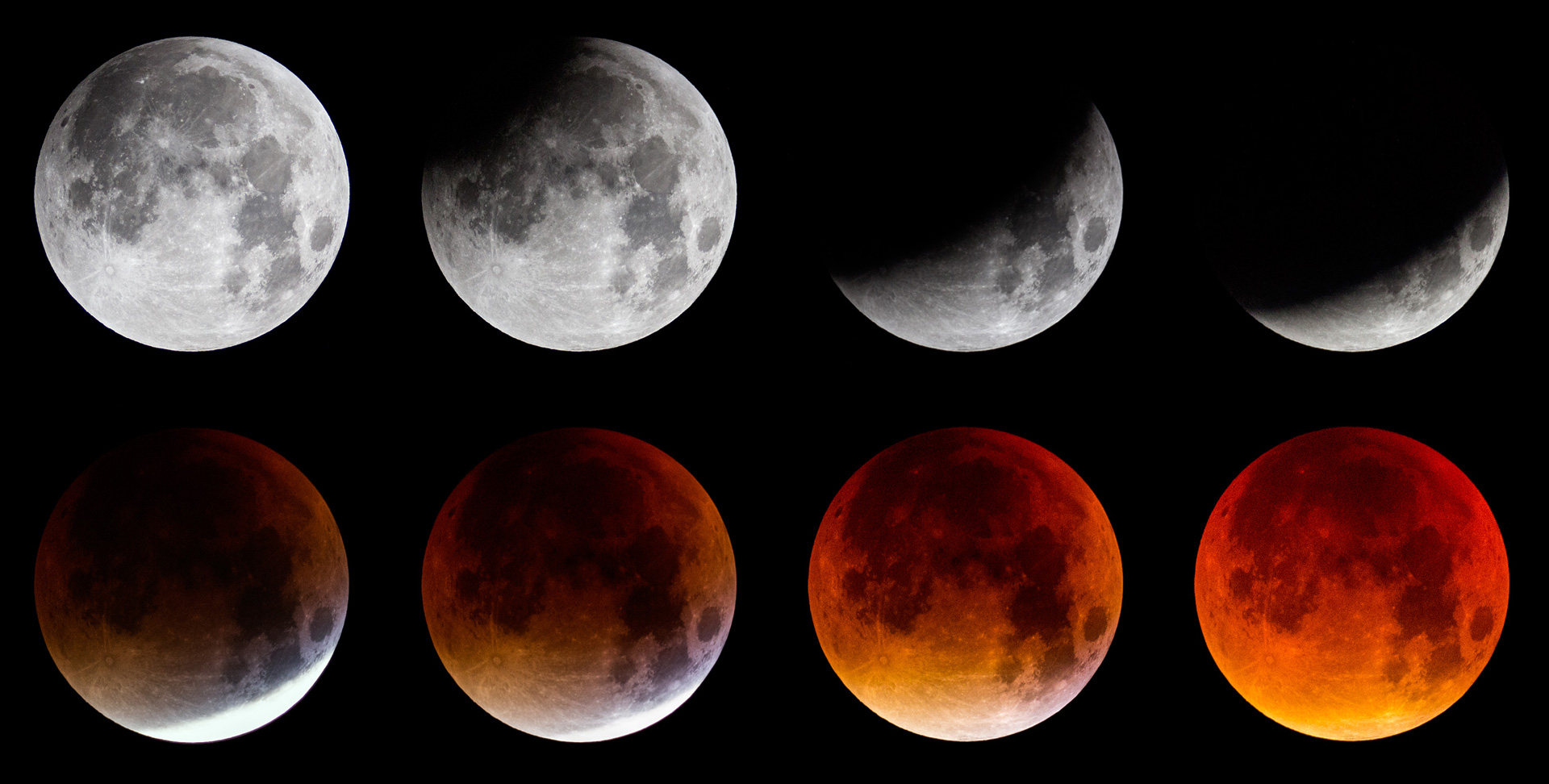

“So people can sit in their backyards and watch the progression of the eclipse over a period of time during the evening.” “It's going to be an easily accessible lunar eclipse since circumstances will align to allow many people to watch it happen,” he says. Skies will also be relatively clear.Ĭlaude Haynes of the East Valley Astronomy Club says it will be optimal viewing conditions and you won't need a telescope to see the eclipse, since the moon will be easily visible in the sky. Unlike previous total lunar eclipses over Arizona, you won’t need to stay up late or wake up early. Known as a “blood moon total eclipse,” owing to the fact the moon will turn reddish-orange during the event, it will take place between 7 and 10 p.m. this weekend, and it won’t be hard to see.Ī total lunar eclipse will happen on Sunday evening, May 15, during prime time hours and will allow skywatchers the chance to witness the astronomical phenomenon, which occurs when the moon passes through the Earth's shadow. The last one to pass over what's now Arizona occurred in 1806.A stunning celestial event involving the moon is set to take place in the skies over Arizona and the rest of the U.S. And Arizona will have to wait until 2205 to be in the path of a total solar eclipse. won't see another total solar eclipse until April of 2024.

And you can watch live streams from various places in the path of totality by visiting this NASA website. Lowell's event also includes telescopes set up to view the partial eclipse here. If a partial eclipse isn't good enough for you, many organizations, including Lowell Observatory in Flagstaff, are holding eclipse-related events that include live streams of the total eclipse. During the eclipse, you'll see that the projected image of the sun has a "bite" out of it. Then, hold the card with the hole up to the sun, allowing sunlight to stream through the hole and onto the other card. If you don't have the glasses or a filtered telescope, here's a low-tech solution: Get two index cards or white pieces of paper, and poke a hole in one of them with a safety pin. (If you don't know if you have a solar filter, you don't have a solar filter.) You also can view it with a telescope if you have a solar filter. But you can buy an inexpensive pair of eclipse glasses on Amazon or at one of many retailers. Unlike a total solar eclipse, you can't view a partial solar eclipse with unprotected eyes - you'll damage your eyes or even go blind. (To get data for other areas of Arizona, visit NASA's eclipse website.) The time of maximum eclipse will be just after 10:30 a.m. In all three cities, the partial eclipse will begin around 9:15 a.m. But Phoenix will see about 63 percent of the sun blocked out it'll be 70 percent in Flagstaff and 59 percent in Tucson. There, about 78 percent of the sun will be obscured. The Four Corners area, in the northeast corner of the state, will have Arizona's best view. Those in Arizona will see a partial eclipse, when only part of the sun is obscured by the moon.

The August 21 eclipse will be visible throughout the country, but a total eclipse can be seen only in the narrow path of totality, which stretches from Oregon southeast to South Carolina. And even though Arizona isn't in the path of totality, you can still see a partial solar eclipse from this state - if you've got the right equipment. will see its first total solar eclipse since 1979. Maybe you've heard, but later this month, the U.S.


 0 kommentar(er)
0 kommentar(er)
